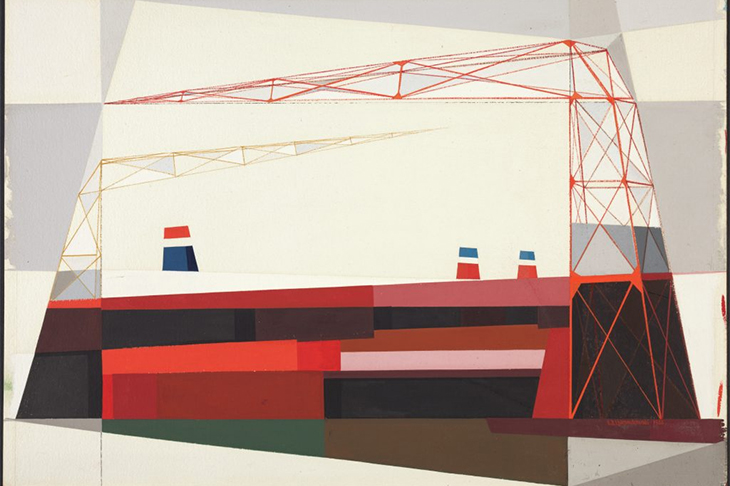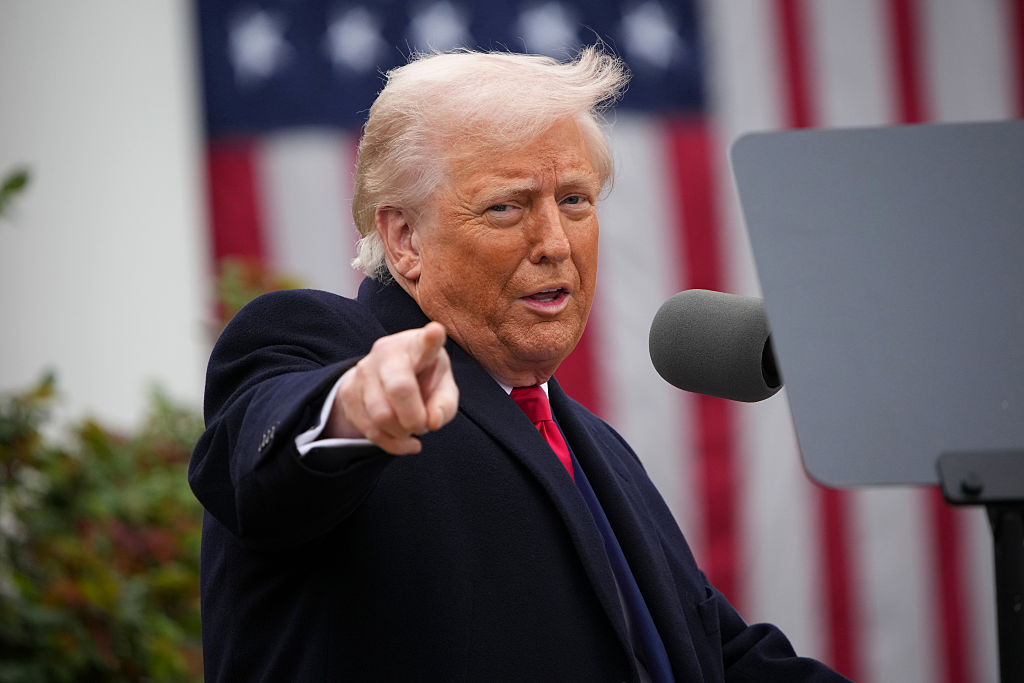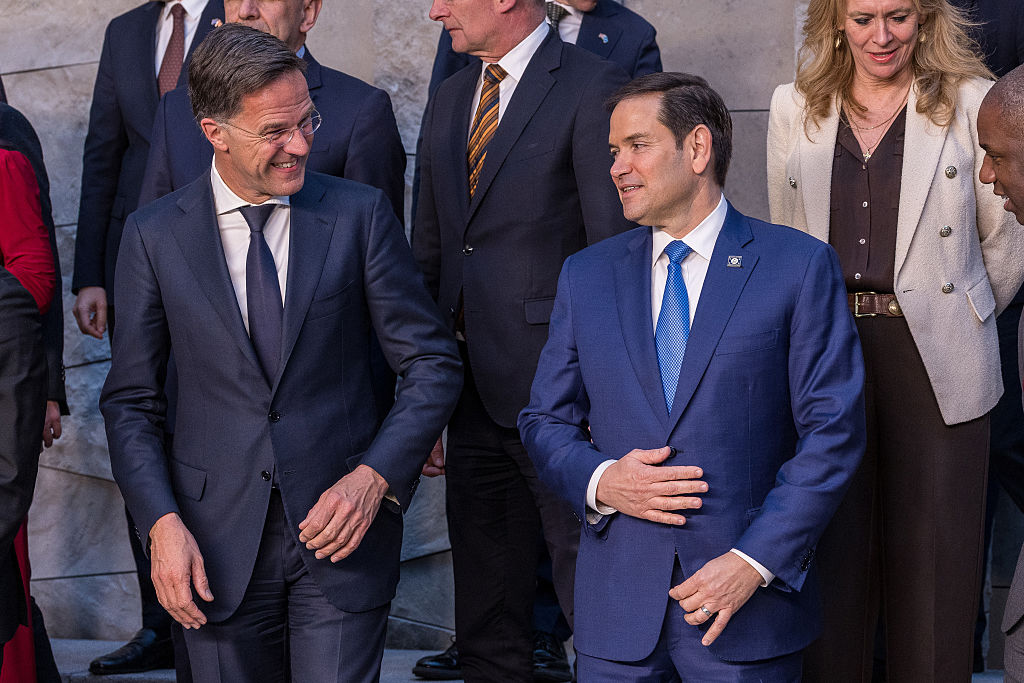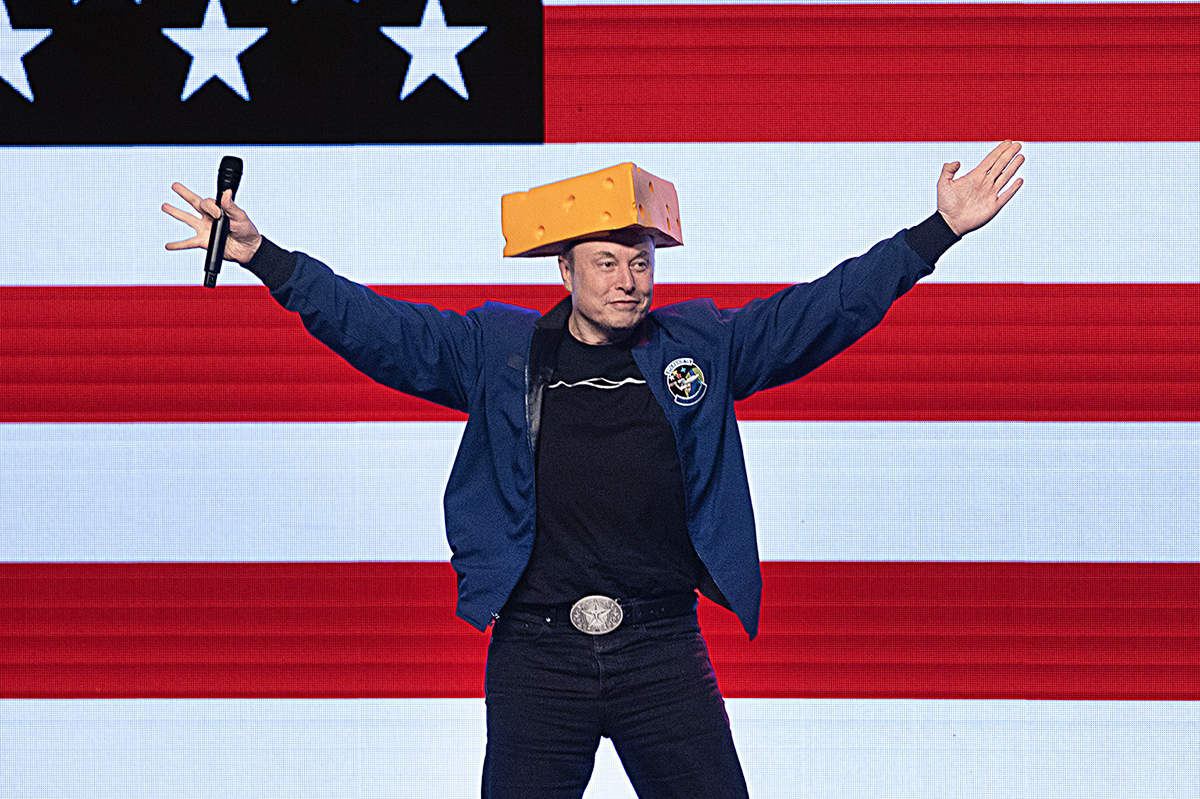‘The chief business of the American people,’ said Calvin Coolidge, ‘is business.’ Commerce to Coolidge was a kind of religion: ‘the man who builds a factory, builds a temple.… The man who works there worships there.’ In the forward momentum of American industrialisation from the turn of the 19th century through the Great Depression, skyscrapers, factories, docks and railroads, all became urban temples.
If you had looked closely at one such building, a 20-story structure going up at 100 Church Street in Lower Manhattan in 1958, you would have seen two figures clambering up scaffolding trying to reach the highest point, pulling out first a camera, then a sketchpad. American artist Ralston Crawford and his son were part of a handful of artists commissioned by Wolfson Construction Company in 1958 to interpret its latest temple; the company was owned by developer Erwin Wolfson, a high priest if ever there was one, who is credited with putting up some six million square feet of New York office space.
Crawford’s pen and ink drawing and his photographic study, both titled Construction, appear in The Precisionist Impulse, a small but potent exhibition at the Virginia Museum of Fine Arts in Richmond, Virginia. The Precisionists, a group of printmakers, photographers and painters who flourished from 1915 to 1945, are considered the first indigenous American art movement. Crawford’s studies (later realised in a painting, Construction #5, that hangs in the museum’s American art wing) are emphatically geometric, just one of the qualities that characterise this movement known for its linear aesthetics, clean contours, and uninflected colour.
Among the first American artists to consider the city as muse, Joseph Pennell is represented here by The Cliffs (1904), a naturalistic etching of squiggles, lines, and curves. Pennell, a student and friend of Whistler in his youth, and chiefly remembered as an etcher, was a master of atmospherics, but here he achieves a sense of menace and alienation by a subtle manipulation of scale and vantage point, the ponderous masses of buildings dwarfing the elevated train and the pedestrians below.
In contrast, Howard Cook’s Weyhe Building (1929) and The City (before 1945) by Hans Jelinek are intimate and expressionistic. Cook, who studied with Pennell, depicts a rainy, nighttime street scene, one dominated by a typical office building, to which he adds several elements of warmth: glowing windows reflecting on the slick street, a pedestrian with an umbrella, a cat pacing a window ledge. Jelinek’s surrealist cityscape introduces a sense of existentialist dread with its huge eye whose gaze casts a large white triangle over a stylised tree surrounded by a raucous collection of buildings.
The Precisionists approached colour in a Cubist fashion, subordinating it to compositional demands. Edmund Lewandowski’s Dry Dock and Repair (c.1953) is crisp and clean, a brilliant distillation of ship, dock, and overcast sky. Charles Demuth’s Roof and Steeple (1921) depicts St. Sulpice in Paris as seen from the artist’s Quartier Latin hotel. Here is a neat pairing in which medium and environment result in completely different effects: Lewandowski’s casein, water-soluble milk based paint, imparts a sense of practical wholesomeness to a vivid American scene, while Demuth’s metallic-like watercolors give this Parisian view a kind of Romantic decorativeness.
By the mid-twentieth century, enthusiasm for the city had given way to urban anomie. The city ideal had lost its allure, but the Precisionists continued to evolve, reinventing themselves in the 1970s as Pop Artists and photo-realists. Robert Cottingham’s etching and aquatint Carl’s (1977) combines Pop Art playfulness with Precisionist attention to line and design to depict the intersection of several signs on a New York street. More than a snapshot, this lush image draws attention to other aspects of modern life such as the proliferation of signs, type and graphics, and, considering the commercial concern on view here — ‘Carl’s Cut Cost Cosmetics’ — there’s even a subtle commentary on consumerism and the beauty industry.
In contrast, Richard Estes’s silkscreen Tunnel (1972) could not be more austere. Playfulness and imbalance give way to rigid symmetry, unblended colours, and the uncertainty that is the deep black hole of the tunnel entryway at the center of the composition. Estes’s mastery of photo-realism is well known; this image, however, draws its strength not from its obvious technical prowess but from its powerful assertion of mass and volume, its sheer beingness. It’s more Donald Judd than typical Richard Estes.
The Precisionists seemed to have set themselves a somewhat quixotic mission, attempting to capture an American moment that by its very nature — industrialisation with its premium on progress and innovation — would be overtaken almost as soon as it materialised. Yet they escaped the fate of other avant-garde experimentalists by drawing heavily, if reluctantly, on congenial European influences such as futurism and constructivism as well as School of Paris ideas and surrealism. Surprisingly adaptable and enduring, Precisionism melded the materialism of the urban landscape with what was idealistic and essentially Romantic about the city. They showed us what cities are for.
Leann Davis Alspaugh is managing editor of The Hedgehog Review. The Precisionist Impulse remains on view through 12 November 2018 at the Virginia Museum of Fine Arts, Richmond, Va.




















